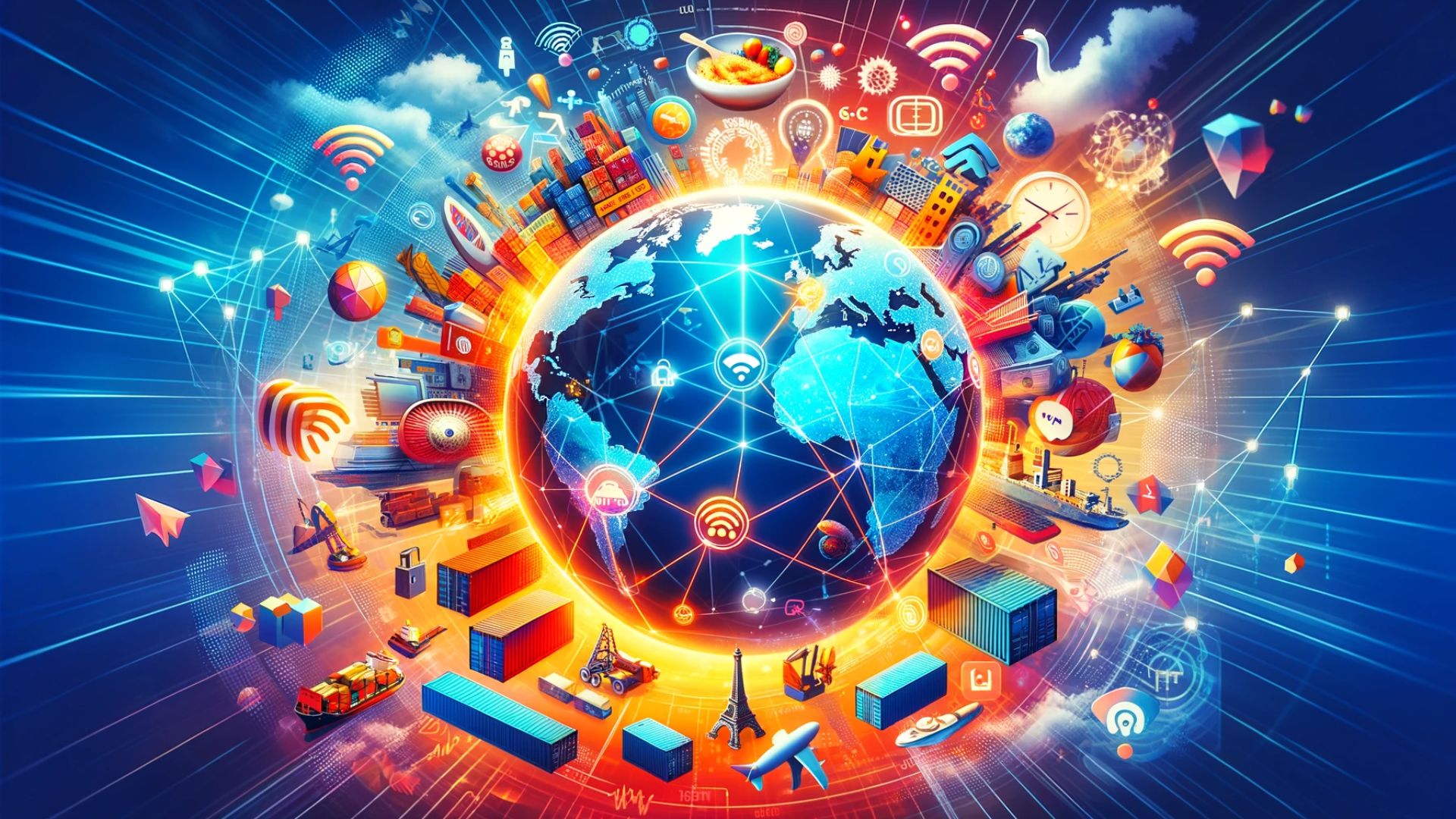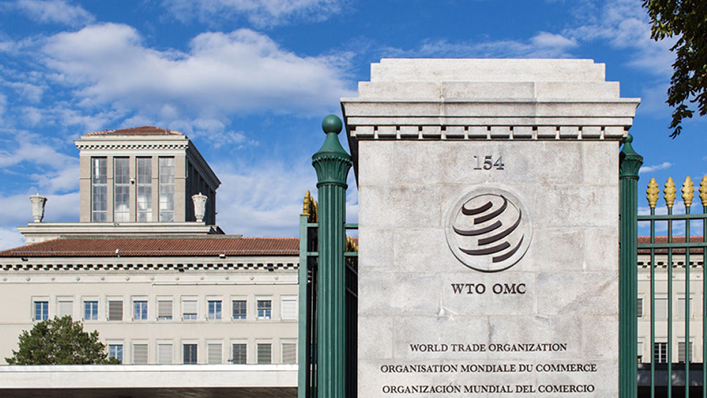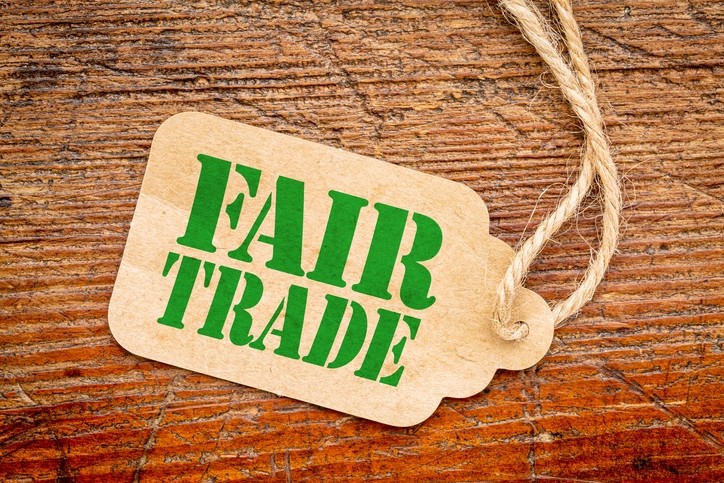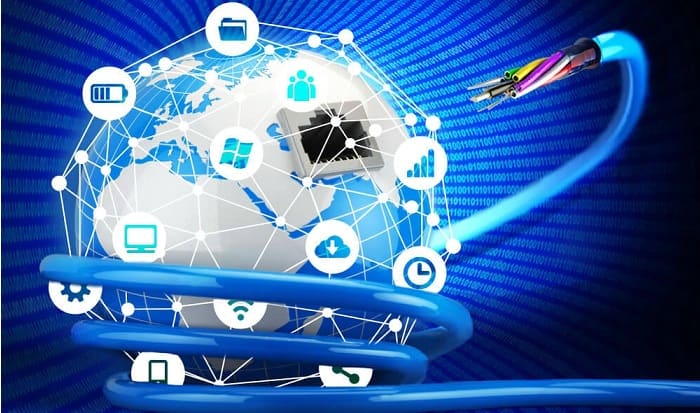Globalization refers to the economic, political, social, cultural, and technological exchanges that take place among people, nations, and regions. The world is becoming more and more integrated in economics, values and ideas, inventions, lifestyles, and government policies.
Globalization started with early humans migrating from Africa to other parts of the world. Over the next millennia, ancient peoples established links and traded goods, customs, and knowledge. The discovery and colonization of new lands beginning in the 15th century contributed greatly to globalization by facilitating exchanges between the Old World and the New World.
The process gained momentum in the years after World War II with freer trade and international cooperation. The end of the Cold War and the introduction of new communication and transportation technologies in the 1990s provided a further boost. It culminated with the rise of the internet in the 21st century, which accelerated the phenomenon exponentially and extended globalization's reach to previously isolated communities.
Main Ideas
Globalization refers to the economic, political, social, cultural, and technological exchanges among peoples, nations, and regions, which create a more interconnected and interdependent world. In a modern context, it is most often associated with business enterprises.
From ancient ties among early civilizations, the exchanges of goods, customs, and knowledge evolved through connections that were often solidified through trade relations and the sharing of ideas. This continued through the colonization of new lands beginning in the fifteenth century.
Beginning in the mid-twentieth century, globalization advanced with the promotion of free trade and international cooperation, the end of the Cold War, the introduction of new communication and transportation technologies, and the rise of the internet.
Early Globalization
Globalization began in ancient times, when people and communities first started exchanging goods and sharing knowledge and cultural practices. During the Hellenistic Age (323 to 100 b.c.e.), the Greeks established broad trade and commercial connections. Greek culture and philosophical ideas spread into Europe, West Asia, and North Africa.
Around 100 b.c.e., a network of trade routes called the Silk Road developed, linking the Far East with the Middle East and Europe. Over the next two millennia, goods, cultures, religions, technologies, and ideas were exchanged between the East and the West through the Silk Road.
In the Middle Ages, the Islamic empire opened trade routes along the Mediterranean and Indian Oceans. These later reached as far east as Indonesia and as far west as Muslim Spain. These and the Silk Road linked much of the known world at that time and contributed to the development of globalization.
Age of Discovery
The Age of Discovery which began in the fifteenth century, marked a crucial point in the growth of globalization. The discovery of new lands and the circumnavigation of the world were hugely significant developments. New scientific knowledge and inventions helped the Portuguese and Spanish found and conquer new lands. Later, the Dutch and English also explored and conquered territory.
The newly formed links between the East and the West facilitated both positive and negative exchanges between the Old World (mainly Europe) and the New World (primarily the Americas). Effects of European influnce in the Americas were later named the Columbian Exchange, after explorer Christopher Columbus (1451-1506). This involved the exchanging of plants, animals, inventions, customs, business ideas, and even people. New crops and animals were introduced in different regions around the world and new settlers faced distinct challenges while pursuing liberty and wealth. Indigenous populations, however, were decimated by epidemics, environmental destruction, and brutality. In light of the displacement and deaths of so many Native residents of the so-called New World, the overall effect of the exchange on the trajectory of human development is seen by many historians as negative.
Imperialism
World trade further increased with the establishment of chartered companies in the 1600s, such as the British East India Company and Dutch East India Company. Western European nations competed for trade routes. These nations often went to war to resolve their economic issues.
From the mid-eighteenth century to the early nineteenth century, the British, Portuguese, Dutch, and Spanish focused on building their empires through land acquisition and business development. Most of Africa and large parts of Asia were under colonial rule by the end of the nineteenth century. Global trade increased as imperial governments took advantage of the labor and material resources in their colonies resulting in negative exchanges in which empires prospered to the detriment of local and Native populations. Innovations like the steam engine and mass production equipment accelerated the pace of industry.
Modern Globalization
World War I (1914-1918) slowed the rate of globalization, as nations closed their borders and focused on what they each could contribute to the war effort. International trade resumed after the war but then collapsed during the Great Depression (1929-1939).
Globalization was reinvigorated after World War II (1939-45). In July of 1944, representatives from forty-four nations gathered in Bretton Woods, New Hampshire, in the United States, for the United Nations Monetary and Financial Conference, also known as the Bretton Woods Conference. The delegates formed new rules for commercial and financial cooperation in the postwar global economy. This led to the founding of international institutions committed to international growth and collaboration, including the World Bank, the United Nations, and the International Monetary Fund.
Powerful nations made rich by colonialism and imperialism strongly supported the globalization of economies and politics in the mid-twentieth century. Technological advancements in the world of business resulted in innovations in automobiles, airplanes, television, and telephones, all of which contributed to the effort. These and other developments increased the flow of workers around the world and made communication more efficient.
World Trade Organization
A multilateral agreement called the General Agreement on Tariffs and Trade (GATT) was established in 1947 to regulate international commerce. This promoted free trade by reducing tariffs and removing trade restrictions between nations. The world economy became more and more integrated. Most globalization efforts excluded the communist states of eastern Europe until the early 1980s. After the Cold War ended in 1989, however, these countries began to integrate into the global market economy.
In 1995, the GATT was replaced by a new international body called the World Trade Organization (WTO). The WTO provided rules for international trade. It created a structure for creating trade agreements and helped resolve disputes between nations. While the GATT dealt mainly with trade in goods, the WTO also covered services and intellectual property. It encouraged nations to enter into free trade agreements and form regional trade alliances.
The benefits to the global economy also come with a downside of potential negative effects. Because of globalization, an economic crisis in one nation is likely to affect other nations. For example, the financial crisis in the United States in 2008 created a global economic recession.
Fair Trade
The fair trade movement promotes equity in production and trade by supporting disadvantaged manufacturers and ensuring a fair minimum price for comparable products. It calls for higher standards for work conditions and environmental sustainability. The goal is improving quality of life for laborers, especially in developing countries. Fair trade products often sell for higher prices. In recent years, the movement has gained more support, and the range of fair trade products has grown to include tea, coffee, sugar, chocolate, bananas, honey, and wine.
Internet Connectivity
The rise of the internet in the twenty-first century has generally provided more opportunities to participate in the global economy around the world. It has allowed for more rapid exchanges of goods, services, cultures, knowledge, technologies, and ideas. Supply chains have increasingly become globally integrated. Often, research, sourcing, production, and distribution are each carried out in different regions of the world for multinational enterprises. Cyberspace, however, is vulnerable to hacking and other attacks. These could disrupt supply chains and endanger both national and global economies. As a result, fighting cybercrime has become important and expensive for companies and governments.
Multinational efforts have also tried to address human rights issues in an increasingly globalized world. The inequality resulting from free trade practices has led to human rights violations, especially in developing nations, which have fewer resources than developed nations and therefore are more dependent on outside assistance.
The world has become more interdependent in the modern era of globalization. One particular example is how much easier it is for pandemics to spread and affect billions of people. In 2020, the COVID-19 pandemic caused by a novel coronavirus challenged the state of globalization. The crisis caused a devastating impact on the world economy, trade (especially with regard to the shipping industry), and healthcare after countries closed their borders and shut down parts of their economies.
(Disclaimer: The above article has been compiled by the author or the personal views of the author. The author is solely responsible and reliable for the veracity/accuracy of any information given in the article. Shri Umiya Kanya Mahavidyalaya is not responsible for this.)




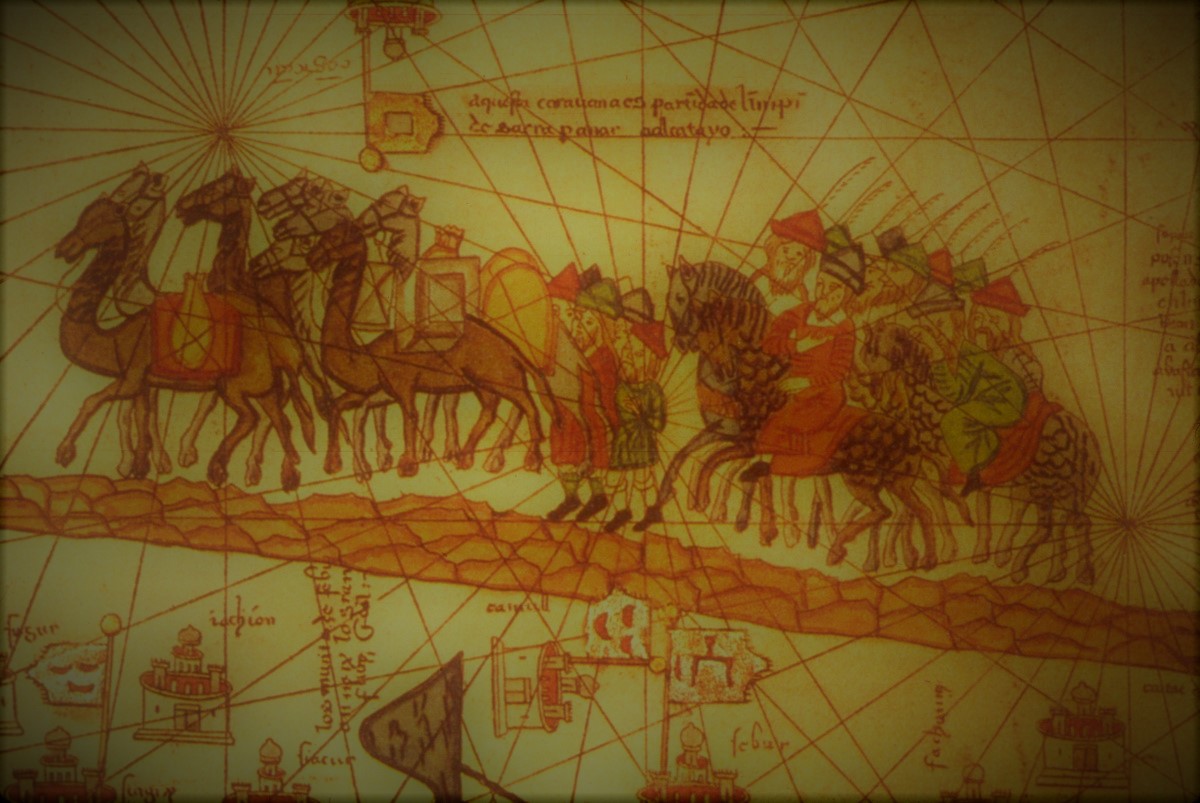
:max_bytes(150000):strip_icc()/GettyImages-517433014-5c4a211a46e0fb00017be09b.jpg)

:focal(2250x1500:2251x1501)/https://tf-cmsv2-smithsonianmag-media.s3.amazonaws.com/filer_public/eb/bc/ebbc01d2-992b-4270-b495-89bd6ebc3158/jun2022_h17_wwimemorial.jpg)

